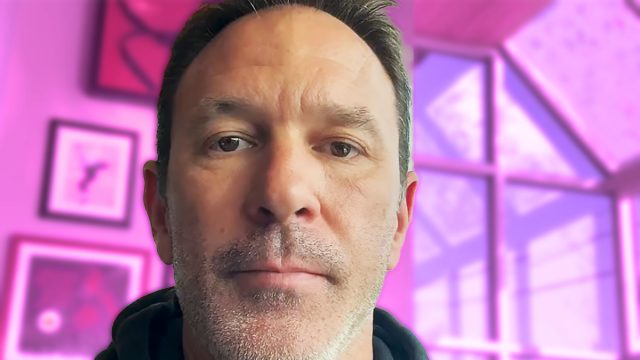8 High-Protein Foods with Nearly Zero Calories That Melt Fat
Do you need some protein ideas that will help you lose weight fast? Jon Williams is a fat loss expert who helps men and women lose 20-plus pounds of body fat. In a new post, he reveals some of his go-to, nearly zero-calorie protein sources. "7 great protein sources to eat with almost no calories when you are trying to drop body fat. You may be surprised," he writes across the video. "While it's challenging to find protein sources with almost zero calories, certain options are very low in calories while still providing some protein. Here are my top 7," he adds in the caption.
Boost Fat Loss with Low-Calorie Proteins
"These being low-calorie proteins, you can eat more!" he explains in his post. "Remember never to starve yourself or not eat enough. We need to keep our muscles when we are trying to drop body fat. If you lose weight and muscle, you will gain body fat. You can take your weight x a minimum of .7. So if you are 150 pounds, you will take 150x.7, and it will be 105 grams of prop each day. If that is too much for you, when you start a little bit lower and work your way up."
Egg Whites
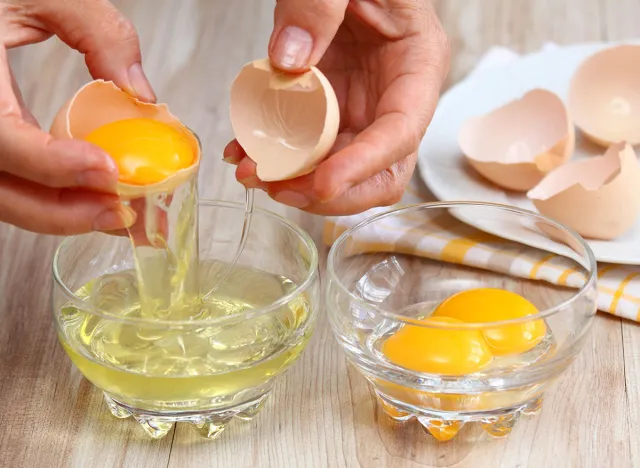
The top almost zero-calorie protein to eat? Egg Whites. "One large egg white has about 17 calories and 3.6 grams of protein. They are low in calories and fat while being a great protein source," he writes.
Non-Fat Greek Yogurt
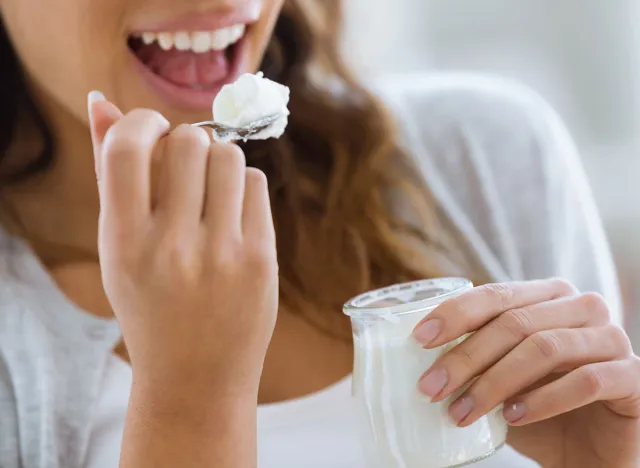
He is also a fan of non-fat Greek yogurt. "This yogurt is low in calories and high in protein. A typical serving (about 150g) contains around 80-100 calories and about 10-15 grams of protein," he says.
Broth or Stock
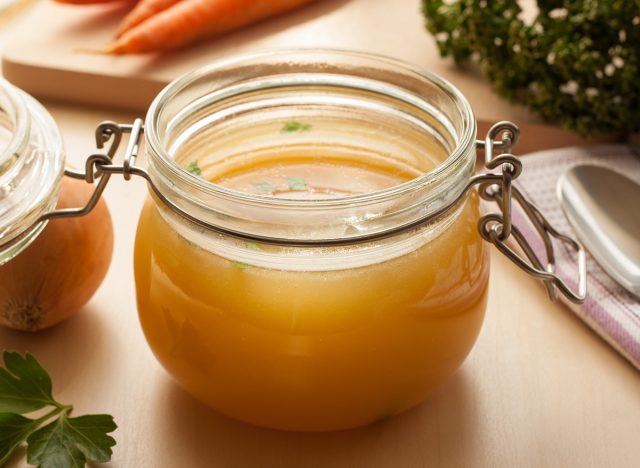
An unlikely protein? Broth or Stock. "Chicken or vegetable broth can be very low in calories (around 10-15 calories per cup) and can provide a small amount of protein," he says.
Whey Protein Powder
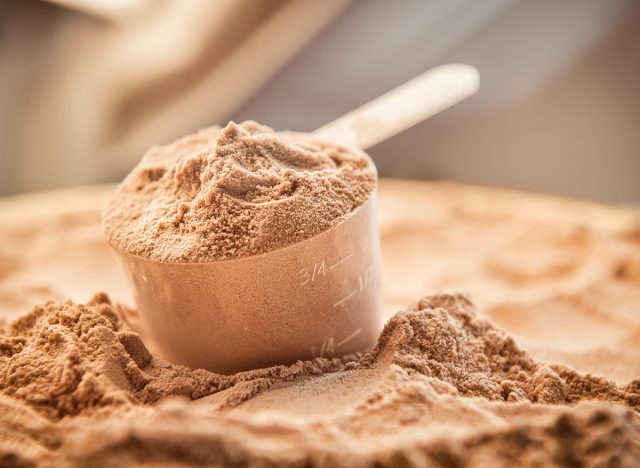
Whey protein powder is a great source to add to your smoothies or baked goods. "Depending on the brand, a scoop of whey protein powder can provide around 100 calories and 20-30 grams of protein. While not zero calories, it's a concentrated protein source," he says.
Fish
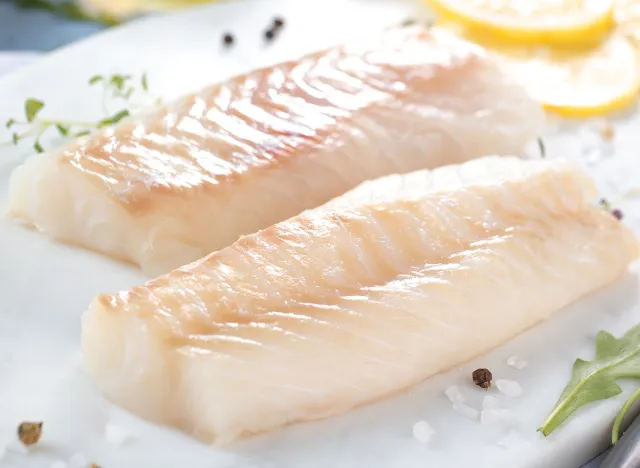
Fish is also good. "Certain types of white fish, like cod or sole, are low in calories and high in protein. A 3-ounce serving typically has around 70-90 calories and about 15-20 grams of protein," he says.
Tofu
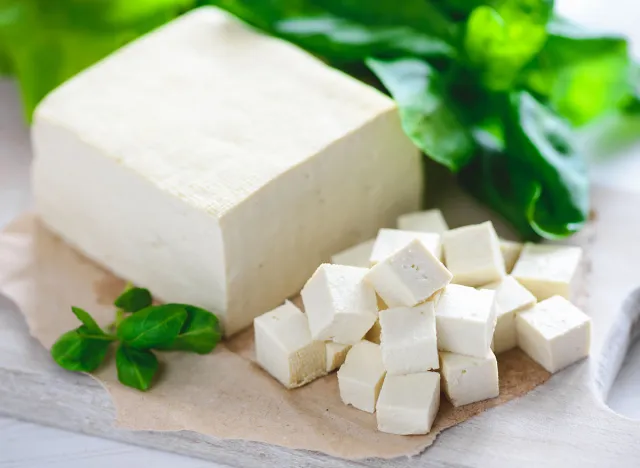
If you are on a plant-based diet, he recommends tofu, which "is low in calories, with about 40-50 calories per 3.5 ounces, and provides around 5 grams of protein," he says.
Seafood
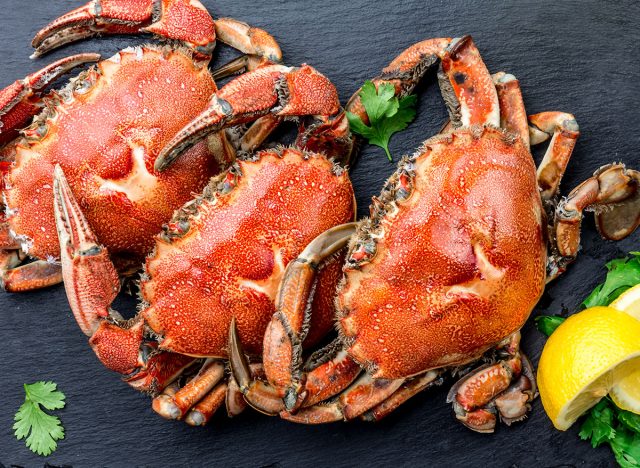
Another great nonmeat or poultry protein option? Seafood. "Most seafood, like shrimp or crab, is low in calories and high in protein. A 3-ounce serving of shrimp has about 85-95 calories and around 18-20 grams of protein," he says.
These Will Help You Amp Up Your Protein Intake While Staying in a Calorie Deficit
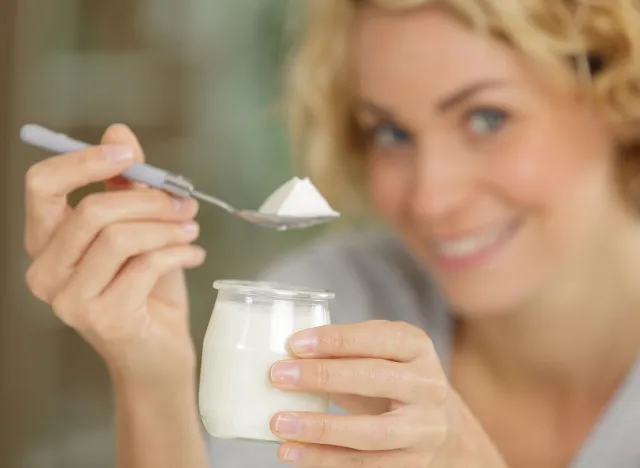
"While these options are not completely calorie-free, they are among the best choices for getting protein while keeping calorie intake low. Always consider the nutritional value and balance in your diet!" he concludes. And if you enjoyed this article, take advantage of these 15 Quick Ways to Lose Body Fat Percentage in a Week.
